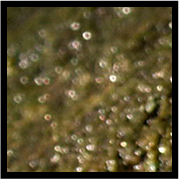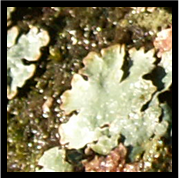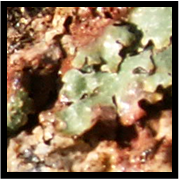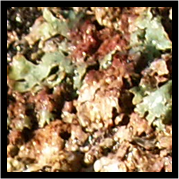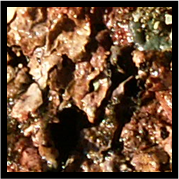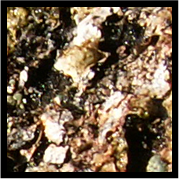| Research |
Michael Lones |
|
My research is concerned with understanding complexity in biological systems, particularly how this understanding can motivate the design of computational systems, and conversely how computational systems can be used to understand biological complexity. Below are the research projects that I am, or have been, involved with. If you have questions about my research, please don't hesitate to contact me.
|
|
Artificial Biochemical Networks
 Artificial biochemical networks (or ABNs) are computational architectures motivated by the organisation of biochemical networks in cells. We have looked at a number of different ABN models, motivated by different aspects of genetic, metabolic and signalling networks. We are particularly interested in how these models can be applied in the areas of control and signal processing, two prominent roles performed by their biological counterparts. For more information, see these recent publications:
Artificial biochemical networks (or ABNs) are computational architectures motivated by the organisation of biochemical networks in cells. We have looked at a number of different ABN models, motivated by different aspects of genetic, metabolic and signalling networks. We are particularly interested in how these models can be applied in the areas of control and signal processing, two prominent roles performed by their biological counterparts. For more information, see these recent publications:
Biochemical Connectionism
[PDF]
[link]
M Lones, A Turner, L Fuente, S Stepney, L Caves and A Tyrrell
Natural Computing 12(2):453-472, December 2013.
Artificial Biochemical Networks: Evolving Dynamical Systems to Control Dynamical Systems
[PDF]
[link]
M Lones, L Fuente, A Turner, L Caves, S Stepney, S Smith and A Tyrrell
IEEE Transactions on Evolutionary Computation, in press (online January 2013).
|
|
Diagnosis and Understanding of Neurodegenerative Diseases
 Neurodegenerative diseases are becoming a major social and economic burden, and better methods are needed for diagnosing, monitoring and understanding these conditions. In this work, we have used computational intelligence algorithms to build diagnostic profiles of different neurodegenerative diseases. We are working closely with Leeds Hospitals NHS Trust, and with The Memory and Aging Center and the Center for Imaging of Neurodegenerative Diseases, both at UCSF. For more information, see:
Neurodegenerative diseases are becoming a major social and economic burden, and better methods are needed for diagnosing, monitoring and understanding these conditions. In this work, we have used computational intelligence algorithms to build diagnostic profiles of different neurodegenerative diseases. We are working closely with Leeds Hospitals NHS Trust, and with The Memory and Aging Center and the Center for Imaging of Neurodegenerative Diseases, both at UCSF. For more information, see:
Evolving Classifiers to Recognise the Movement Characteristics of Parkinson's Disease Patients
[PDF]
[link]
M Lones, S Smith, J Alty, S Lacy, K Possin, S Jamieson and A Tyrrell
IEEE Transactions on Evolutionary Computation, in press (online September 2013).
Characterising Neurological Time Series Data using Biologically Motivated Networks of Coupled Discrete Maps
[PDF]
[link]
M Lones, S Smith, A Tyrrell, J Alty, S Jamieson
BioSystems 112(2):94--101, May 2013
|
|

Evolutionary Computation for Biosequence Understanding
We have applied a range of novel evolutionary algorithms to the problem of regulatory motif discovery, looking at how these techniques can be used to model and identify the structure of genetic regulatory regions in complex organisms.
More about this research...
|
|
Implicit Context Representation
My PhD research was concerned with implicit context representation for genetic programming - a position-independent program representation in which program components self-organise using behavioural descriptions. More recently, this work has been used to develop an implicit context form of Cartesian genetic programming.
More about this research...
|
